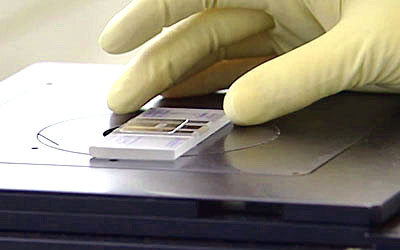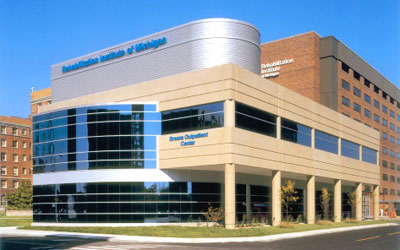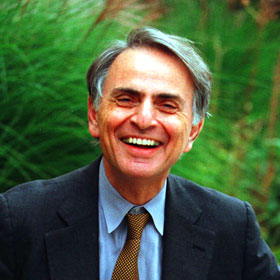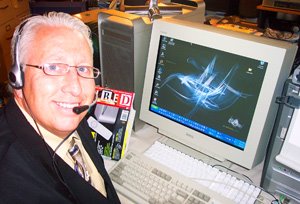The Nose Knows!
:: Surgeons implanted nasal stem cells in the spine of a quadriplegic and the results are extremely incredible!
++ Med Tech: Dr. Steven Hinderer / Center For SCI Recovery
Witness an extraordinary medical breakthrough. A young woman is told she’ll never walk again after a car accident left her a quadriplegic. But Erica Nader is standing up and doing things doctors never thought possible. The secret to her recovery may be due to a new experimental treatment designed to repair her spinal cord, and believe it or not, it’s all thanks to her nose!

Until now it was believed that adult stem cells grew only in bone marrow and the brain. The discovery of the nasal stem cells sprang from the observation that sensory neurons in the nose (the olfactory epithelium) are able to regenerate throughout life. Since these neurons are often killed by bad smells, colds and viruses, they need to regenerate throughout life to maintain sensory function (your sense of smell).
 Given this ability to regenerate, it was thought that nasal stem cells might be able to assist with the reconnection of the nerves across the region of damage in the spinal cord.
Given this ability to regenerate, it was thought that nasal stem cells might be able to assist with the reconnection of the nerves across the region of damage in the spinal cord.Griffith University (Brisbane) researchers say there have been positive results in a trial of the use of transplanted nasal cells to help paraplegic patients. A year ago, cells were taken from six volunteers and implanted into their damaged spinal cords.
 The Center for Spinal Cord Injury (SCI) Recovery at the Rehabilitation Institute of Michigan is a world-class facility that offers therapeutic programs and techniques based on the newest information available from emerging research around the globe.
The Center for Spinal Cord Injury (SCI) Recovery at the Rehabilitation Institute of Michigan is a world-class facility that offers therapeutic programs and techniques based on the newest information available from emerging research around the globe. In late March 2003, Erica Nader became the first American to undergo Olfactory Ensheathing Cell (OEC) implantation. This jumpstarted a collaborative program between Dr. Carlos Lima, a Portugese pioneer in the procedure, and the Rehabilitation Institute of Michigan, located in Detroit.
In late March 2003, Erica Nader became the first American to undergo Olfactory Ensheathing Cell (OEC) implantation. This jumpstarted a collaborative program between Dr. Carlos Lima, a Portugese pioneer in the procedure, and the Rehabilitation Institute of Michigan, located in Detroit.Note from Technophile: Erica was injured, went through a traditional rehab program and was being told frequently and emphatically that she was not expected to recover and that she should get on with her life. That was not a message that she was prepared to hear. After two years of therapy, she is now showing signs of at least partial recovery. Sensory restoration is evident down to about the T10 level, and partial motor restoration has resulted in greatly strengthened abdominal muscles and the ability to stand with braces and a walker. Her arms and hands have also been strengthened, with some return of grasping ability.Would you like to know more? Click here for an excellent article on the tech of Spinal Cord Regeneration. Click here for a personal note from Erica Nader (OEC Implantation Pioneer). To learn about the tech of using autologous incubated macrophages to promote recovery from spinal cord injury, click here, and here.
:: Source: [Center For SCI Recovery]
:: Innovation: Transplanting stem cells to regenerate damaged nerve tissue.
:: Available: Now (if you qualify for the clinical trials).




















0 Comments:
Post a Comment
<< Home